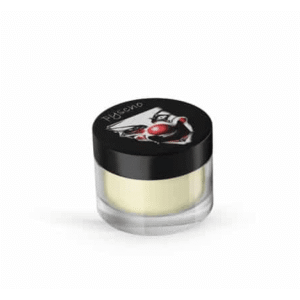Weed spice, also commonly referred to as synthetic cannabis or synthetic marijuana, is a human-made substance designed to mimic the effects of natural cannabis. Despite its name, weed spice does not contain the cannabis plant itself. Instead, it consists of dried plant material that has been sprayed with synthetic chemicals that interact with the brain’s cannabinoid receptors.
Composition and Forms
Weed spice typically comes in small, colorful packets labeled with names like “K2,” “Scooby Snax,” or “Black Mamba.” These products often contain a mixture of herbs, flowers, and leaves coated with synthetic cannabinoids. The chemical compounds are usually engineered in laboratories and can vary significantly in strength and effect. Some forms of weed spice are sold as loose herbal blends, while others are available as liquids for vaping.
How It Works
Synthetic cannabinoids in weed spice bind to the same receptors in the brain as THC, the active compound in natural cannabis. This interaction produces psychoactive effects such as relaxation, euphoria, altered perception, and sometimes hallucinations. However, synthetic cannabinoids can be far more potent than THC, leading to unpredictable and sometimes dangerous effects.
Effects and Risks
While weed spice may appear similar to cannabis in its effects, it carries a higher risk profile. Users may experience:
- Rapid heart rate and elevated blood pressure
- Anxiety, paranoia, or panic attacks
- Hallucinations or severe agitation
- Nausea, vomiting, and seizures in extreme cases
Long-term use can potentially lead to dependency, cognitive impairments, and mental health issues. Because the chemical composition changes frequently to evade legal restrictions, the potency and safety of weed spice are highly unpredictable.
Legal Status
The legal status of weed spice varies globally. Many countries have banned specific synthetic cannabinoids, but new variants often appear on the market faster than regulations can adapt. This makes weed spice a constantly evolving challenge for law enforcement and public health agencies.
Conclusion
Weed spice may seem like a legal or safer alternative to cannabis, but its unpredictable nature and potential for severe side effects make it a high-risk substance. Awareness and education about the dangers of synthetic cannabinoids are crucial for users and the wider community.
